
Discover the Guánica Dry Forest Reserve: Puerto Rico's Natural Gem
Explore the Guánica Dry Forest Reserve in Puerto Rico, a UNESCO Biosphere Reserve offering unique flora, fauna, hiking trails, and historical sites in a stunning arid landscape.
The Guánica Dry Forest Reserve is a unique and captivating destination located on the southern coast of Puerto Rico. Spanning over 9,000 acres, this UNESCO Biosphere Reserve is one of the most extensive tropical dry coastal forests in the world. The forest is home to a rich variety of flora and fauna, many of which are endemic to the region. As you explore the numerous trails, you'll be surrounded by cacti, agaves, and other drought-resistant plants that have adapted to the arid environment. Birdwatchers will be delighted to spot rare species such as the Puerto Rican nightjar and the yellow-shouldered blackbird. The Reserve offers a range of activities for nature enthusiasts and adventure seekers alike. Hiking is a popular pastime, with trails of varying difficulty levels that provide stunning views of the Caribbean Sea. One of the most notable trails is the Ballena Trail, which leads to secluded beaches perfect for a refreshing swim. For those interested in history, the ruins of the Ensenada sugar plantation offer a glimpse into the island's colonial past. Don't forget to bring plenty of water and sun protection, as the dry climate can be quite intense. A visit to Guánica Dry Forest Reserve is not complete without experiencing the local culture and cuisine. Nearby towns like Guánica and Yauco offer charming eateries where you can savor traditional Puerto Rican dishes such as mofongo and lechón. The Reserve is also a short drive from the famous Gilligan's Island, a small cay known for its crystal-clear waters and ideal snorkeling conditions. Whether you're a solo traveler, a couple, or a family, Guánica Dry Forest Reserve promises a memorable and enriching experience in one of Puerto Rico's most extraordinary landscapes.
Local tips in Guánica Dry Forest Reserve
- Bring plenty of water and sun protection due to the dry and hot climate.
- Wear sturdy hiking shoes to navigate the rocky and uneven trails.
- Visit early in the morning to avoid the midday heat and catch more wildlife activity.
- Check local guidelines for trail conditions and possible closures before your visit.
- Explore nearby Gilligan's Island for a relaxing beach day and excellent snorkeling.
- Try local eateries in Guánica and Yauco for an authentic Puerto Rican culinary experience.
Discover the Guánica Dry Forest Reserve: Puerto Rico's Natural Gem
The Guánica Dry Forest Reserve is a unique and captivating destination located on the southern coast of Puerto Rico. Spanning over 9,000 acres, this UNESCO Biosphere Reserve is one of the most extensive tropical dry coastal forests in the world. The forest is home to a rich variety of flora and fauna, many of which are endemic to the region. As you explore the numerous trails, you'll be surrounded by cacti, agaves, and other drought-resistant plants that have adapted to the arid environment. Birdwatchers will be delighted to spot rare species such as the Puerto Rican nightjar and the yellow-shouldered blackbird. The Reserve offers a range of activities for nature enthusiasts and adventure seekers alike. Hiking is a popular pastime, with trails of varying difficulty levels that provide stunning views of the Caribbean Sea. One of the most notable trails is the Ballena Trail, which leads to secluded beaches perfect for a refreshing swim. For those interested in history, the ruins of the Ensenada sugar plantation offer a glimpse into the island's colonial past. Don't forget to bring plenty of water and sun protection, as the dry climate can be quite intense. A visit to Guánica Dry Forest Reserve is not complete without experiencing the local culture and cuisine. Nearby towns like Guánica and Yauco offer charming eateries where you can savor traditional Puerto Rican dishes such as mofongo and lechón. The Reserve is also a short drive from the famous Gilligan's Island, a small cay known for its crystal-clear waters and ideal snorkeling conditions. Whether you're a solo traveler, a couple, or a family, Guánica Dry Forest Reserve promises a memorable and enriching experience in one of Puerto Rico's most extraordinary landscapes.
When is the best time to go to Guánica Dry Forest Reserve?
Unmissable attractions to see
Bosque Estatal de Boquerón
Explore lush landscapes and vibrant wildlife at Bosque Estatal de Boquerón, Puerto Rico's serene nature preserve and outdoor paradise.

Finca El Girasol
Experience the vibrant beauty and tranquility of Finca El Girasol, a stunning garden oasis in Guánica, Puerto Rico, perfect for nature lovers and photographers.
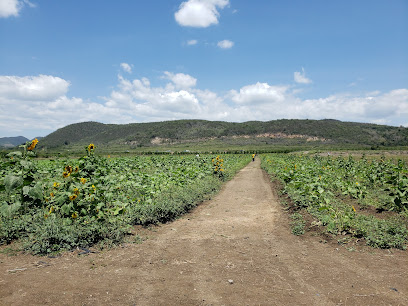
Playa Caña Gorda
Discover the tranquil beauty of Playa Cańa Gorda, a stunning public beach in Guánica, Puerto Rico, perfect for relaxation and adventure.
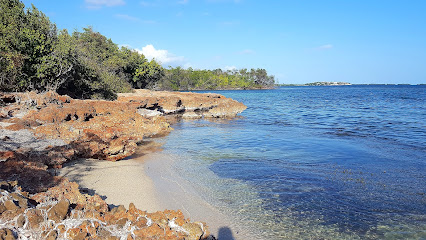
Fuerte Caprón
Explore the historic Fuerte Caprón in Guánica, Puerto Rico – a stunning fortress with breathtaking views and rich cultural heritage.

Bosque Estatal de Maricao
Experience the vibrant ecosystems and breathtaking landscapes of Bosque Estatal de Maricao, a must-visit park for nature lovers in Puerto Rico.
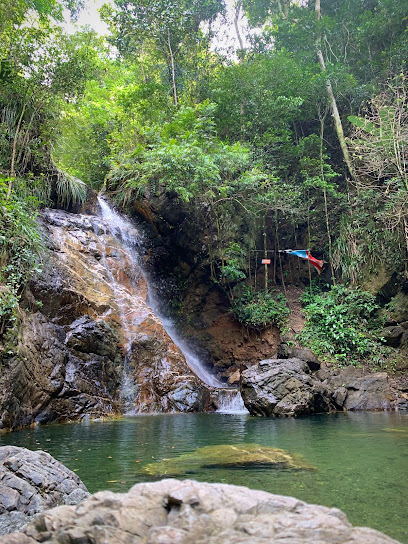
Guajataca Lake
Discover the natural beauty and tranquility of Guajataca Lake, a perfect destination for outdoor enthusiasts and nature lovers in Puerto Rico.
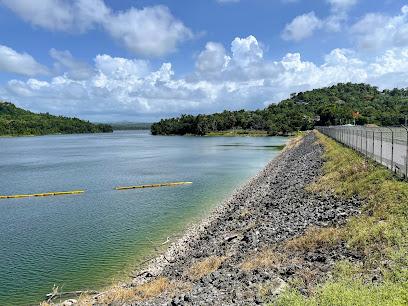
Bosque Estatal de Susúa State Forest
Explore the enchanting Bosque Estatal de Susúa State Forest in Puerto Rico, where nature's beauty meets adventure in a lush tropical paradise.
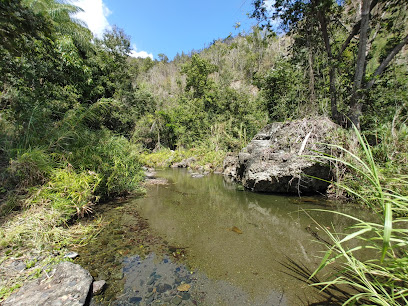
Guayacán Centenario
Discover the natural beauty and rich heritage of Guayacán Centenario, a stunning tourist attraction in Guánica, Puerto Rico, perfect for nature lovers and explorers.

Camino Los Pozos, Combate Cabo Rojo
Explore Cabo Rojo's stunning Camino Los Pozos, a scenic path surrounded by vibrant ecosystems and breathtaking natural beauty in Puerto Rico.
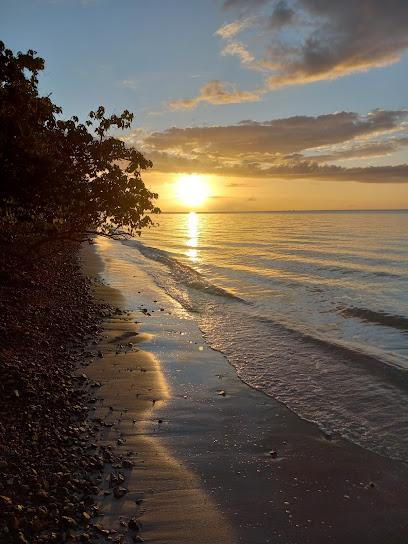
Los Pozos Beach
Explore the serene beauty of Los Pozos Beach in Cabo Rojo, a tropical paradise with pristine sands and vibrant waters, ideal for relaxation and adventure.
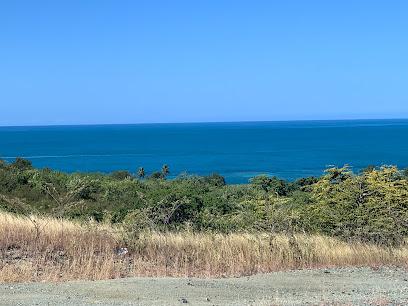
Bosque Deciduo Deciduo
Explore the lush biodiversity and tranquil trails of Bosque Deciduo Deciduo, a nature preserve in Guánica, Puerto Rico, perfect for nature lovers and eco-tourists.
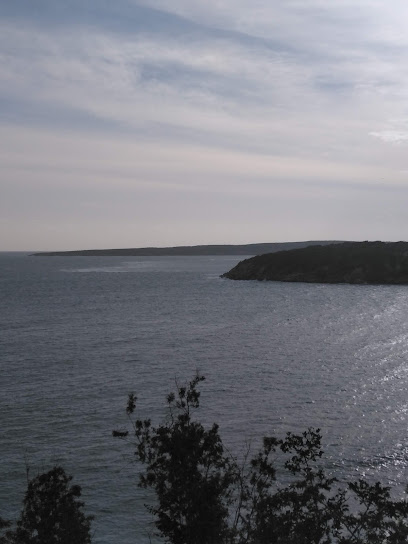
Los Pozos GoKart and ATV's
Discover exhilarating go-kart racing and ATV adventures in the stunning landscapes of Cabo Rojo at Los Pozos GoKart and ATV's.
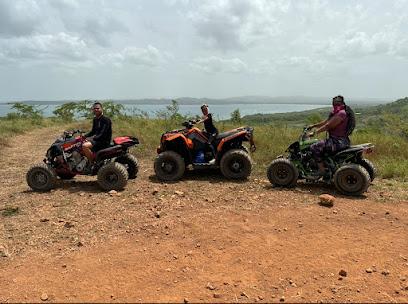
Guanica
Explore the breathtaking landscapes and rich biodiversity of Guanica, Puerto Rico's hidden paradise for nature lovers and adventure seekers.

Essential places to dine
Trasiego Sea Food Restaurant
Experience exquisite seafood dining with stunning sea views at Trasiego Sea Food Restaurant in Guánica.
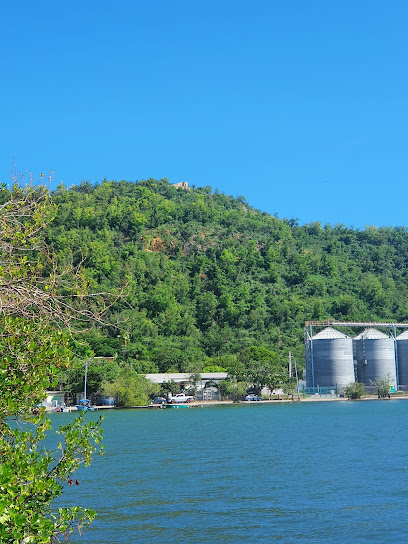
Umami Restaurant Guánica
Experience Puerto Rico's rich culinary heritage at Umami Restaurant in Guánica – where every dish tells a story.
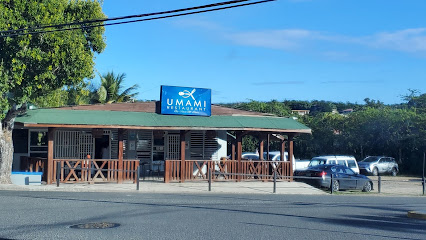
El Desafío Bar & Grill
Experience authentic Puerto Rican cuisine at El Desafío Bar & Grill along Guánica's beautiful coastline, perfect for every food lover.
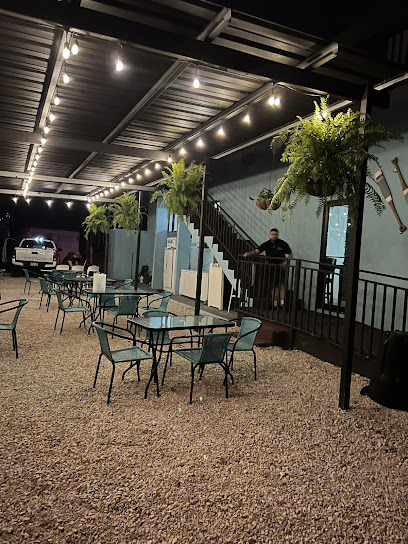
Mojito Beach Playa Santa
Experience tropical bliss at Mojito Beach Playa Santa in Guánica - a vibrant beach bar perfect for relaxation and enjoyment under the sun.
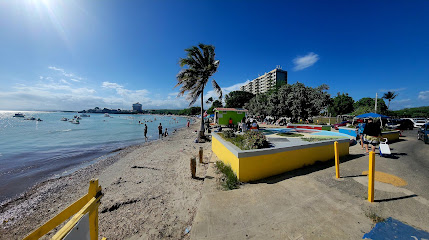
Las Palmas Restaurant at Copamarina
Experience authentic Puerto Rican cuisine with stunning coastal views at Las Palmas Restaurant at Copamarina.
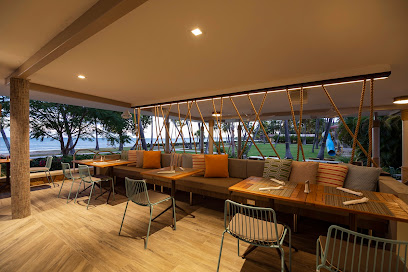
El Badén
Experience authentic Puerto Rican cuisine at El Badén in Guánica – where fresh seafood meets stunning coastal views.

Restaurante Alexandra
Experience authentic Puerto Rican cuisine at Restaurante Alexandra in Guánica - where every meal is a celebration of flavor and tradition.
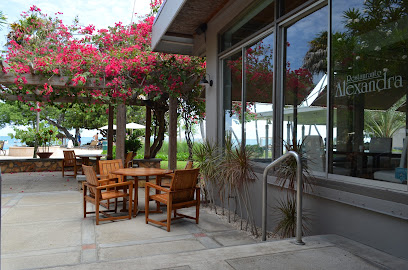
Markets, malls and hidden boutiques
Yauco Plaza I
Discover the vibrant shopping experience at Yauco Plaza I, where a blend of local charm and global brands await you.

Guánica State Forest
Explore the enchanting Guánica State Forest, Puerto Rico's only dry forest, rich in biodiversity and breathtaking landscapes.
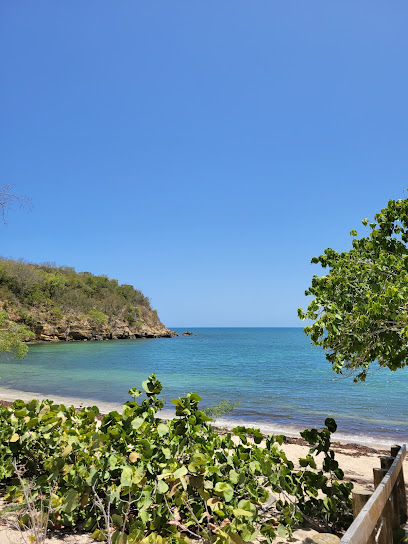
Finca El Girasol
Discover the vibrant flora and serene beauty of Finca El Girasol, a lush garden paradise in Guánica, Puerto Rico.

Parador Guánica 1929
Experience the beauty of Guánica at Parador Guánica 1929, a charming hotel blending comfort, nature, and Puerto Rican culture.

Fuerte Caprón
Discover the majestic Fuerte Caprón, a historic fortress in Guánica, Puerto Rico, offering breathtaking views and a glimpse into the island's past.

Playa Jaboncillo
Playa Jaboncillo: A hidden gem in Guánica, Puerto Rico, offering serene beauty, golden sands, and crystal-clear waters for the perfect beach getaway.
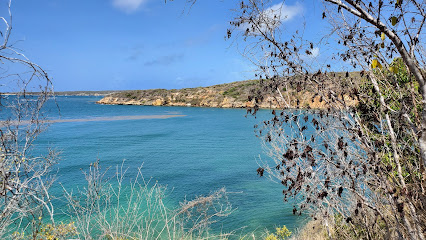
Bosque Seco de Guanica
Explore the enchanting Bosque Seco de Guanica, Puerto Rico's stunning national forest showcasing unique dry forest ecosystems and diverse wildlife.
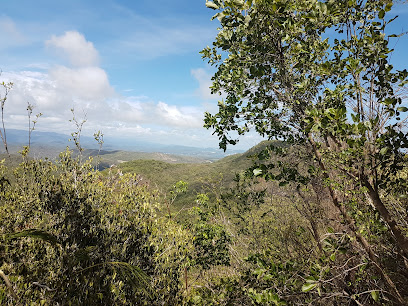
Guayacán Centenario
Explore the lush trails and stunning vistas of Guayacán Centenario, a premier tourist attraction in Guánica, Puerto Rico, where nature thrives.
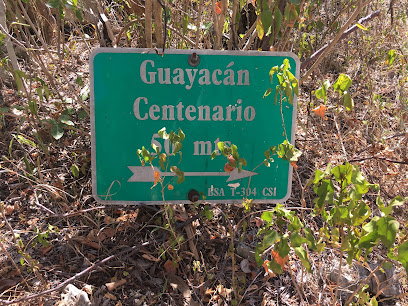
Guanica
Explore Guanica: A stunning coastal town in Puerto Rico with beautiful beaches, rich history, and vibrant local culture.
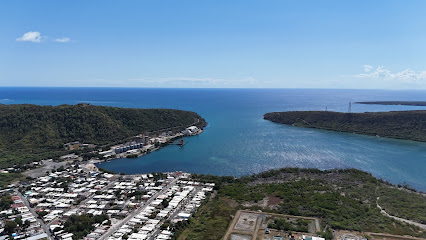
Essential bars & hidden hideouts
Guánica State Forest
Explore the breathtaking Guánica State Forest, home to unique dry forests, diverse wildlife, and stunning hiking trails in Puerto Rico.
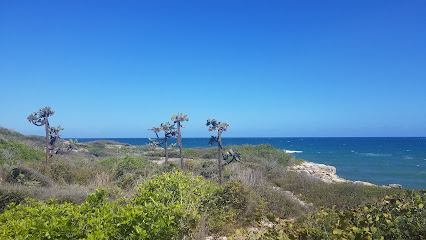
El Desafío Bar & Grill
Experience the vibrant flavors of Puerto Rico at El Desafío Bar & Grill, a culinary gem on the beautiful Malecón de Guánica.
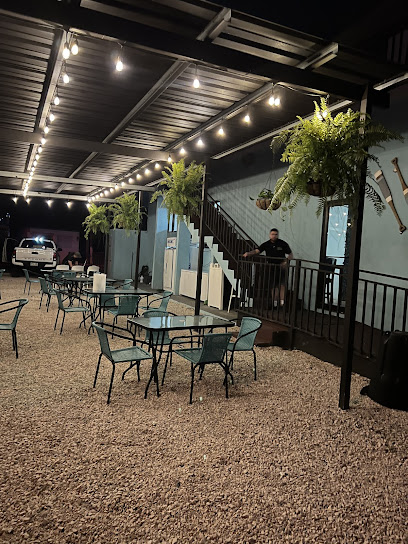
Mary Lee's by the Sea
Discover the serene beauty and comfort of Mary Lee's by the Sea, a perfect self-catering accommodation in Guánica, Puerto Rico.
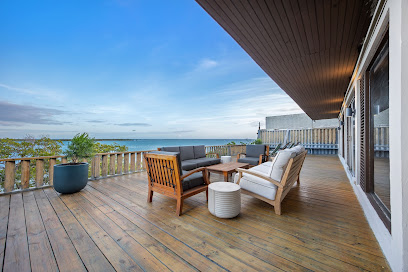
Bosque Seco de Guanica
Discover the unique dry forest ecosystem of Bosque Seco de Guánica, Puerto Rico's stunning national forest filled with rich biodiversity and scenic trails.
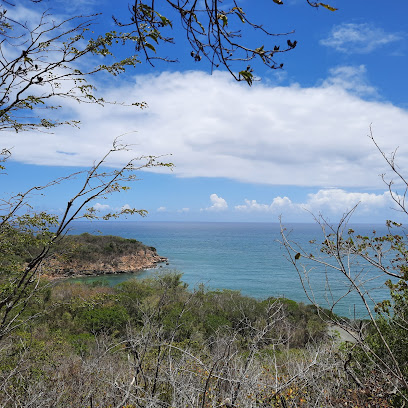
Guayacán Centenario
Explore the breathtaking landscapes and serene trails of Guayacán Centenario, a hidden gem in Guánica, Puerto Rico.
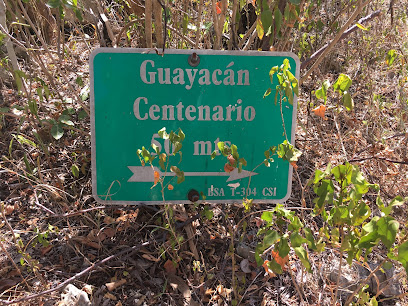
Local Phrases about Guánica Dry Forest Reserve
-
- HelloHola
[oh-lah] - GoodbyeAdiós
[ah-dee-ohs] - YesSí
[see] - NoNo
[noh] - Please/You're welcomePor favor/De nada
[por fah-bor/deh nah-dah] - Thank youGracias
[grah-see-ahs] - Excuse me/SorryPerdón
[pehr-dohn] - How are you?¿Cómo estás?
[koh-moh ehs-tahs] - Fine. And you?Bien. ¿Y tú?
[byen. ee too] - Do you speak English?¿Hablas inglés?
[ah-blahs een-glehs] - I don't understandNo entiendo
[noh ehn-tee-ehn-doh]
- HelloHola
-
- I'd like to see the menu, pleaseQuisiera ver el menú, por favor
[kee-see-eh-rah behr ehl meh-noo, por fah-bor] - I don't eat meatNo como carne
[noh koh-moh kahr-neh] - Cheers!¡Salud!
[sah-loo-th] - I would like to pay, pleaseMe gustaría pagar, por favor
[meh goos-tah-ree-ah pah-gahr, por fah-bor]
- I'd like to see the menu, pleaseQuisiera ver el menú, por favor
-
- Help!¡Ayuda!
[ah-yoo-dah] - Go away!¡Vete!
[veh-teh] - Call the Police!¡Llama a la policía!
[yah-mah ah lah poh-lee-see-ah] - Call a doctor!¡Llama a un médico!
[yah-mah ah oon meh-dee-koh] - I'm lostEstoy perdido/a
[ehs-toy pehr-dee-doh/dah] - I'm illEstoy enfermo/a
[ehs-toy ehn-fehr-moh/dah]
- Help!¡Ayuda!
-
- I'd like to buy...Quisiera comprar...
[kee-see-eh-rah kohm-prahr] - I'm just lookingSólo estoy mirando
[soh-loh ehs-toy mee-rahn-doh] - How much is it?¿Cuánto cuesta?
[kwan-toh kwehs-tah] - That's too expensiveEso es muy caro
[eh-soh ehs mwee kah-roh] - Can you lower the price?¿Puedes bajar el precio?
[pweh-dehs bah-har ehl pweh-see-oh]
- I'd like to buy...Quisiera comprar...
-
- What time is it?¿Qué hora es?
[keh oh-rah ehs] - It's one o'clockEs la una en punto
[ehs lah oo-nah ehn poon-toh] - Half past (10)Las diez y media
[lahs d'yehs ee meh-dyah] - MorningMañana
[mah-nyah-nah] - AfternoonTarde
[tahr-deh] - EveningNoche
[noh-cheh] - YesterdayAyer
[ah-yehr] - TodayHoy
[oy] - TomorrowMañana
[mah-nyah-nah] - 1Uno
[oo-noh] - 2Dos
[dohs] - 3Tres
[trehs] - 4Cuatro
[kooah-troh] - 5Cinco
[seen-koh] - 6Seis
[sehs] - 7Siete
[see-eh-teh] - 8Ocho
[oh-choh] - 9Nueve
[nweh-veh] - 10Diez
[dyehs]
- What time is it?¿Qué hora es?
-
- Where's a/the...?¿Dónde está...?
[dohn-deh ehs-tah] - What's the address?¿Cuál es la dirección?
[kwal ehs lah dee-rehk-syohn] - Can you show me (on the map)?¿Puedes mostrarme (en el mapa)?
[pweh-dehs mohs-trar-meh (ehn ehl mah-pah)] - When's the next (bus)?¿Cuándo es el próximo (autobús)?
[kwan-doh ehs ehl prohk-see-moh (ow-toh-booce)] - A ticket (to ....)Un boleto (a ....)
[oon boh-leh-toh (ah)]
- Where's a/the...?¿Dónde está...?
History of Guánica Dry Forest Reserve
-
The Guánica Dry Forest Reserve in Puerto Rico has a rich history that dates back to the pre-Columbian era. The indigenous Taíno people once inhabited the region, utilizing its resources for sustenance. The forest provided them with medicinal plants, fruits, and materials for building. Archaeological evidence, such as petroglyphs and artifacts, offers a glimpse into their sophisticated culture and deep connection to the land.
-
In 1508, Spanish explorer Juan Ponce de León arrived in Puerto Rico and began the colonization process. The area now known as Guánica Dry Forest was among the first regions to be explored. The Spanish established settlements and introduced new agricultural practices, which had a significant impact on the local ecosystem. The forest's strategic location made it an important site for early colonial endeavors.
-
During the 18th and 19th centuries, the Guánica region became a hub for sugar cane plantations. These plantations dramatically altered the landscape, as large areas of the forest were cleared to make way for sugar cultivation. The labor-intensive nature of sugar production led to the importation of African slaves, whose presence added a new layer to the cultural tapestry of the region.
-
On July 25, 1898, during the Spanish-American War, U.S. forces landed at Guánica Bay, marking a pivotal moment in Puerto Rican history. The successful landing led to the eventual cession of Puerto Rico to the United States under the Treaty of Paris later that year. This event is commemorated in Guánica, and its historical significance continues to be a point of pride and reflection for the local community.
-
The Guánica Dry Forest Reserve was officially established in 1919, making it one of the oldest protected areas in Puerto Rico. The reserve was created to preserve the unique subtropical dry forest ecosystem, which is home to a wide variety of plant and animal species, some of which are endemic to the region. The establishment of the reserve marked a significant step in the conservation of Puerto Rico's natural heritage.
-
In 1981, the Guánica Dry Forest Reserve was designated as a UNESCO Biosphere Reserve. This designation recognized the forest's exceptional biodiversity and its importance as a conservation area. The UNESCO status has helped to promote international awareness and support for the ongoing preservation efforts, ensuring that the forest remains a vital ecological and cultural resource for future generations.
-
Today, the Guánica Dry Forest Reserve is managed by the Puerto Rico Department of Natural and Environmental Resources. Ongoing conservation efforts focus on protecting the fragile ecosystem, conducting scientific research, and promoting sustainable tourism. Educational programs and community involvement are key components of the conservation strategy, fostering a sense of stewardship and appreciation for the forest's natural and historical significance.
Guánica Dry Forest Reserve Essentials
-
Guánica Dry Forest Reserve is located in the southwestern part of Puerto Rico. The closest major airport is Luis Muñoz Marín International Airport in San Juan, approximately 2 hours by car. From San Juan, you can rent a car or take a shuttle service to Guánica. Public buses (guaguas) and private shuttles are available but may require multiple transfers.
-
Once in Guánica, the easiest way to get around is by renting a car, as public transportation options are limited. Taxis are available but can be expensive. Biking is another option, though the terrain can be challenging. Walking is feasible within the reserve itself, where several trails are well-marked and maintained.
-
The official currency in Puerto Rico is the US Dollar (USD). Credit cards are widely accepted in hotels, restaurants, and shops, but it's advisable to carry some cash for smaller establishments and tips. ATMs are available in Guánica, but it's wise to withdraw cash in larger towns or cities before arriving.
-
Guánica Dry Forest Reserve is generally safe for tourists. However, it's important to take standard precautions such as avoiding leaving valuables in your car and being cautious at night. While Guánica itself is relatively safe, some nearby urban areas have higher crime rates. Always stay informed about the local situation and stick to well-traveled paths.
-
In case of emergency, dial 911 for immediate assistance. The local police station and medical facilities are available in Guánica. It is recommended to have travel insurance that covers medical emergencies. For minor health issues, there are pharmacies in the town where you can purchase over-the-counter medications.
-
Fashion: Wear lightweight, breathable clothing suitable for a dry, hot climate. Avoid wearing heavy or dark colors. Religion: Be respectful of local customs and traditions. Public Transport: Be courteous and patient, as services can sometimes be slow. Greetings: A simple handshake or a nod is appropriate. Eating & Drinking: Always carry enough water, especially when hiking. Try local dishes but be cautious with street food if you have a sensitive stomach.
-
To experience Guánica Dry Forest Reserve like a local, visit during the early morning or late afternoon to avoid the heat. Engage with local guides who can provide detailed insights into the flora and fauna. Don't miss the opportunity to visit Playa Santa, a nearby beach popular with locals. For a unique experience, explore the night tours offered by local operators to see nocturnal wildlife.
Nearby Cities to Guánica Dry Forest Reserve
-
Things To Do in Ponce
-
Things To Do in Cabo Rojo
-
Things To Do in Rincon
-
Things To Do in Aguadilla
-
Things To Do in Arecibo
-
Things To Do in Isabela
-
Things To Do in Manatí
-
Things To Do in Guayama
-
Things To Do in Dorado
-
Things To Do in Bayamón
-
Things To Do in Caguas
-
Things To Do in Carolina
-
Things To Do in Luquillo
-
Things To Do in Fajardo
-
Things To Do in Vieques







